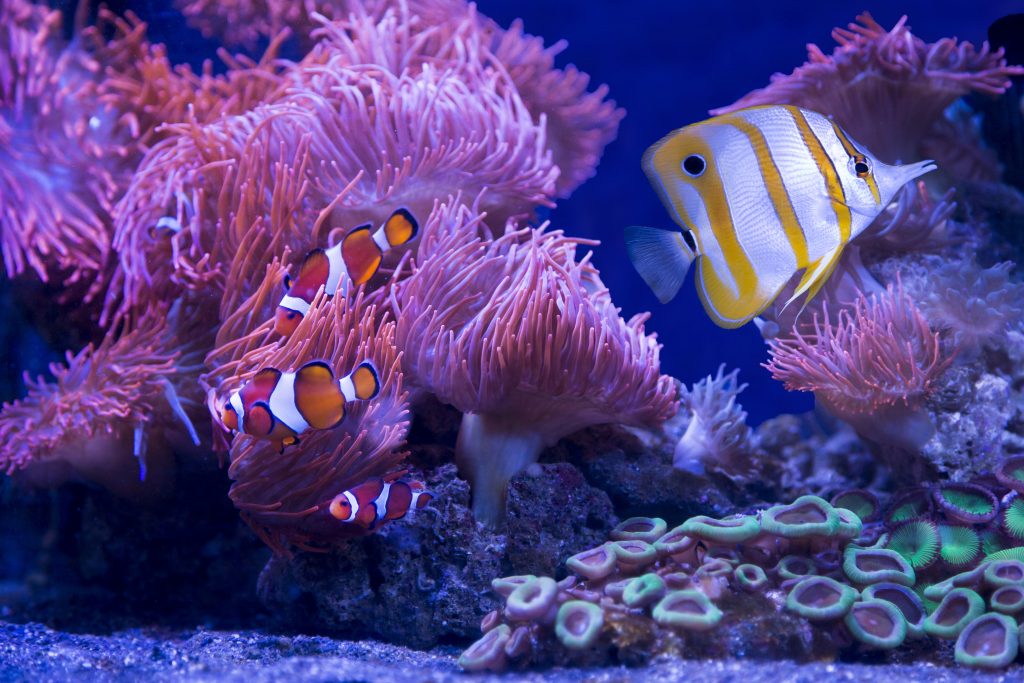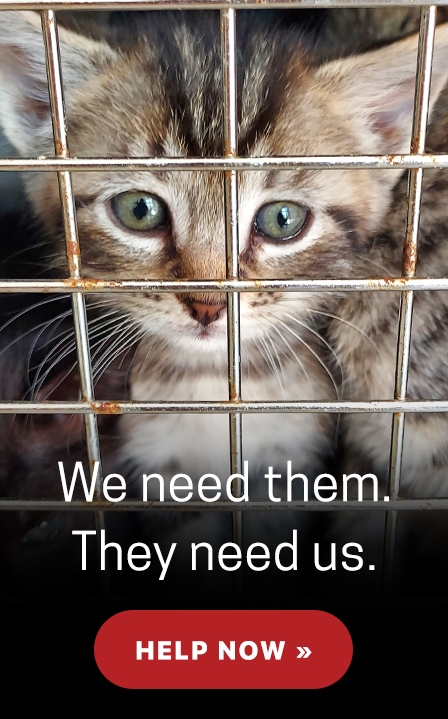In honor of National Zoo and Aquarium month, American Humane is celebrating Humane Certified™ zoological facilities and the incredible work they do to save species, provide life-saving research and education, and inspire millions of visitors each year to protect the animals that they see and interact with. The following blog post was submitted by Marineland.
Despite repeated warnings, marine biodiversity is still increasingly in danger, due in particular to the intensity of human activity (overfishing, pollution, global warming, etc.). As a conservatory of marine species, Marineland in Antibes is actively working to provide sustainable solutions and contribute to the safeguard of marine animals.
Our first mission: create links to raise awareness
“Once encountered, forever protected” is the motto of the Marineland Park in Antibes.
Here, each animal is a precious ambassador facilitating public awareness to preserve the environment and biodiversity. It is also a hope for the conservation and the rehabilitation of some marine animals threatened in their natural environments, like sea turtles or Humboldt penguins.
Zoological and marine parks are a relay between humans and nature. They allow the public to meet, discover and understand the species to better protect them.
Marine parks, a place of protection and preservation
In Antibes, trainers, biologists, and veterinarians have always been fully invested in their research and conservation missions.
In 1992, the Marineland of Antibes contributed to launching the creation of a 73 000 sq. km sanctuary between the French Riviera, Liguria, and Corsica, together with a number of research centers, universities, NGOs and associations. This project was the precursor of the current Pelagos Sanctuary, a marine area of 87,500 sq. km subject to an agreement between Italy, Monaco, and France for the protection of marine mammals.
Today, the Marineland association aims to safeguard marine animals in the wild. Since 2017, the Wildlife Rehabilitation Center of Antibes, created and supervised by the Marineland association, has already saved 7 turtles, all of which have since returned to the Mediterranean Sea. The center conducts an annual sea turtle observation campaign in the region and regularly communicates its results to the general public, who are becoming more involved in this project.
The role of the research
A pioneer in the field of shark reproduction, the marine park in Antibes, which has seen more than 200 births of grey sharks, became in charge of the “European studbook”, an official document which monitors and counts the population grey sharks in European aquariums.
Research carried out at Marineland provides access to information that is sometimes difficult (if not impossible) to obtain in a natural environment. These studies make it possible to better understand the needs and behavior of species in order to ultimately better safeguard them in their natural environment.
In 2018, the Marineland’s orca team received two awards at the annual conference of Imata (International Marine Animal Trainers’ Association) for its research on vocal imitation skills. The team is pursuing research in this area.
At a time when biodiversity, land, seas, and oceans are increasingly at risk, public awareness has become a central mission of zoological and marine parks. Professional researches, educational events, as well as animal encounters with the public, have proven their efficiency.


